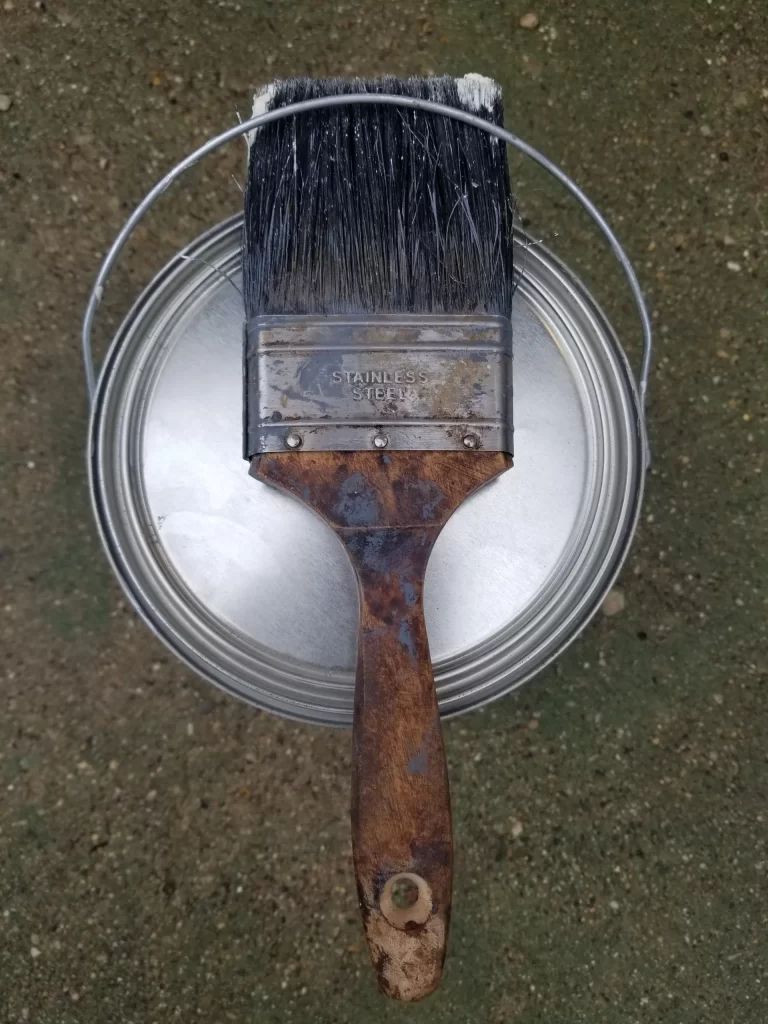Water damage is the second most common reason why people make claims to their insurers. So, it’s not a surprise homeowners want to know more about water damage and understand when it’s covered by their homeowners insurance policy.
Homeowners insurance has exceptions, so there are some types of water damage that are covered, and some that aren’t. This seems complicated, but we will help you figure it out today.
When Is Water Damage Covered By Homeowners Insurance?
Standard homeowners insurance will cover water damage depending on the situation. It’s not always easy to determine, but let’s start with the kind of water damage that’s 100% covered by your homeowners policy.
This includes: rain or snow storm damage, plumbing damage (burst pipes, frozen pipes or faulty plumbing), water damage from extinguishing a fire, leaking roof, accidental overflow caused by appliances or fixtures, such as bathtubs, toilets, etc., mold, and vandalism.
I want to focus on mold for a little bit, because it will only be covered by your homeowners insurance (either partially or entirely) if it was caused by a common peril, such as a busted pipe. But it will not be covered if it’s the result of neglect.
When Is Water Damage Not Covered By Homeowners Insurance?
Your insurance policy won’t cover water damage whenever it’s not caused by an accident or an unexpected occurrence. What this means is that if your water damage is the result of neglect or lack of maintenance, your homeowners insurance won’t cover these costs, because you’re responsible for this.
Additionally, your homeowners insurance won’t cover your water damage if it’s caused by flooding, poor maintenance, ground seepage, and water or sewer backups. It’s important to note that water damage caused by floods is not covered, which means that if you live in an area that’s prone to that, you will need additional flood insurance.
How to File a Water Damage Claim
Now that you’re able to identify whether your water damage is covered by your homeowners insurance or not, you will be able to file a claim when necessary. Take pictures of the area that was affected, the things that were damaged, and the source of the water. If you have before pictures of the area, make sure you find them as well, because they will support your claim.
When you make a claim, your insurer will ask a series of questions to determine if the damage is actually covered by your homeowners insurance. They will also determine whether the damage exceeds your deductible, for which they will send an adjuster to assess the damage.
If you want, you can also hire a contractor to evaluate the damage and provide an estimate cost for repair. This way you’ll be able to tell if your insurer’s quote is adequate or not.
After you’ve agreed with your insurer on a reasonable settlement, they will send you an advance so you can begin repairs, and then send you the rest upon completion. Minus the deductible you have to pay yourself, of course.
It’s not difficult to know when your water damage is covered by your homeowners insurance; all it takes is understanding the coverage it offers!


